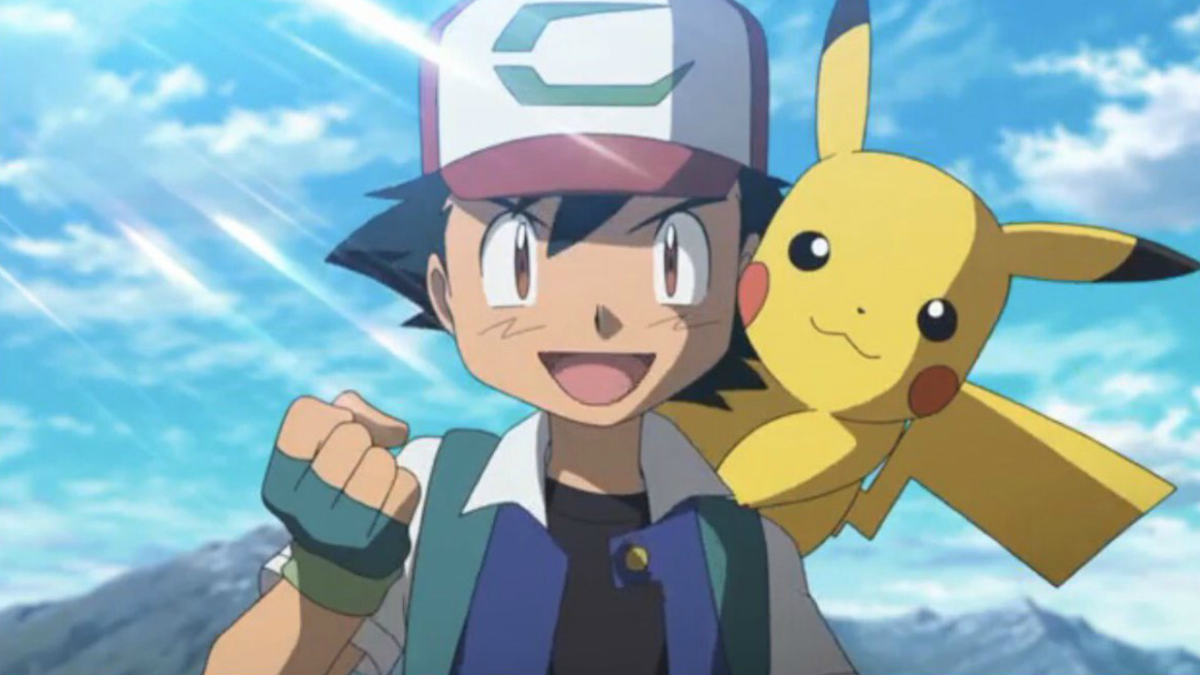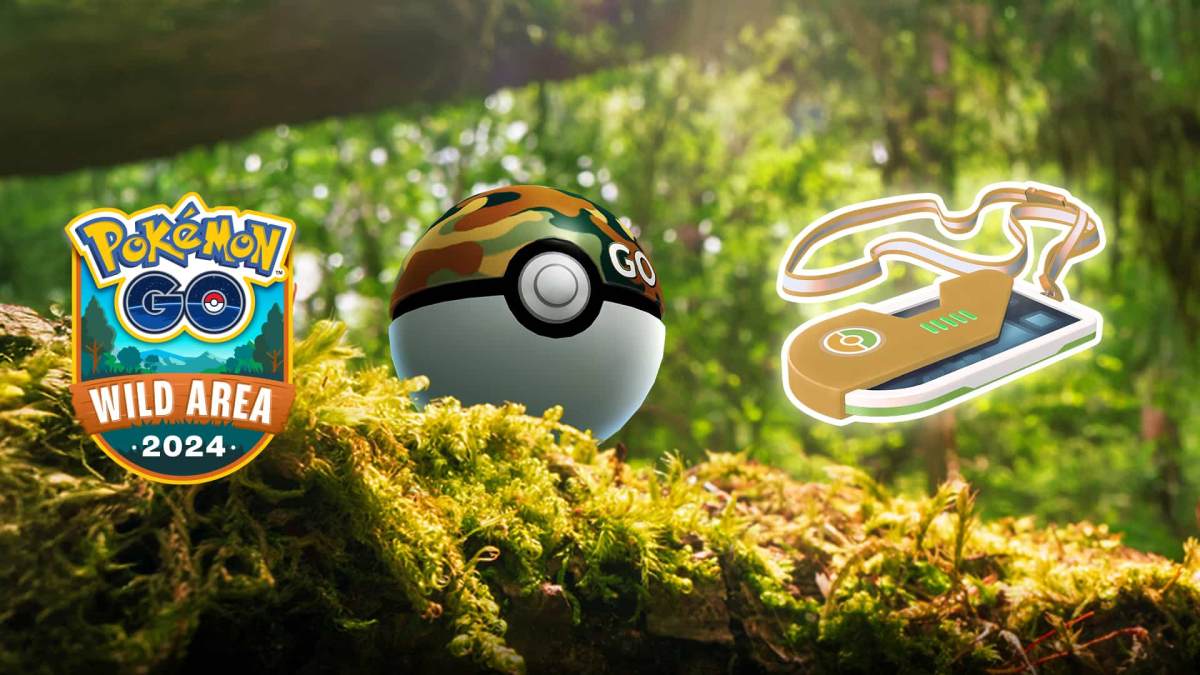We’ve come a long way from the original 151 Pokémon featured in Pokémon Red and Blue. The continual expansion of the Pokémon universe and the “discovery” of more places where Pokémon live means that the total number of Pokémon is always on the rise. The total number has more than quintupled thanks to recent titles like Pokémon Legends Arceus and Pokémon Scarlet and Violet, which have introduced both new Pokémon and new regional forms of existing Pokémon.
If you’re struggling to keep track of all the Pokémon that have been released so far, you’re not alone. Almost like the number of real-world animal species, the total number of Pokémon is a staggeringly high number that only the biggest superfans can keep track of at any given time.
So, how many Pokémon are there?
Total Pokémon count
As of Jan. 9, 2023, there are 1,008 total Pokémon across all nine generations. New Pokémon aren’t usually introduced in spin-off games like Pokémon Go or Pokémon Mystery Dungeon, so the vast majority of Pokémon on this list originated in main-series Pokémon games. Pokémon have been added in each generation since the first one, with an average of about 100 new ‘mons per generation.
Here’s how many new Pokémon were added in each generation:
- Generation I (Red, Green, Blue, Yellow): 151 Pokémon
- Generation II (Gold, Silver, Crystal): 100 Pokémon
- Generation III (Ruby, Sapphire, FireRed, LeafGreen, Emerald): 135 Pokémon
- Generation IV (Diamond, Pearl, Platinum, HeartGold, SoulSilver): 107 Pokémon
- Generation V (Black, White, Black 2, White 2): 156 Pokémon
- Generation VI (X, Y, Omega Ruby, Alpha Sapphire): 72 Pokémon
- Generation VII (Sun, Moon, Ultra Sun, Ultra Moon, Let’s Go Pikachu, Let’s Go Eevee): 88 Pokémon
- Generation VIII (Sword, Shield, Brilliant Diamond, Shining Pearl, Legends Arceus): 96 Pokémon
- Generation IX (Scarlet, Violet): 93 Pokémon
Scarlet and Violet introduced the third-lowest number of new Pokémon of any generation so far, but that makes sense when you consider how many other changes it brought to the franchise: a fully-explorable open world, Terastalization, different story branches, and more.
Number of legendary Pokémon
Counting the legendary Pokémon of Scarlet and Violet, the franchise currently features 66 legendary Pokémon. This includes everything from “box cover” legendaries like Groudon and Kyogre from Pokémon Ruby and Sapphire to more minor legendaries like the Uxie-Mesprit-Azelf trio from Pokémon Diamond and Pearl.
Note that those 66 legendary Pokémon exclude Galarian Articuno, Galarian Zapdos, and Galarian Moltres since they share a Pokédex number with their original forms and are considered alternate forms rather than completely new Pokémon.
Number of Pokémon types
There are currently a total of 18 types in the Pokémon series. In contrast to the total number of Pokémon, the number of Pokémon types has stayed fairly stagnant over the series’ history. Red and Blue introduced the franchise’s first 15 types, which included the following:
- Normal
- Fighting
- Flying
- Poison
- Ground
- Rock
- Bug
- Ghost
- Fire
- Water
- Grass
- Electric
- Psychic
- Ice
- Dragon
In generation two, which started with Pokémon Gold and Silver, developer Game Freak added Dark and Steel as types. Both of these additions were intended to bring more balance to the game’s type distribution: in the first generation, Psychic-types were largely uncounterable thanks to their very few weaknesses.
The next, and most recent, type addition didn’t occur until generation six. In Pokémon X and Y, Game Freak debuted the Fairy type, which acts as a hard counter to the incredibly powerful Dragon type. Fairy-type Pokémon are immune to Dragon-type moves, but they’re weak to Poison- and Steel-type moves, which gives both of those types a much-needed competitive advantage.






Published: Jan 9, 2023 11:44 am